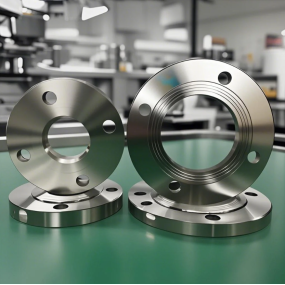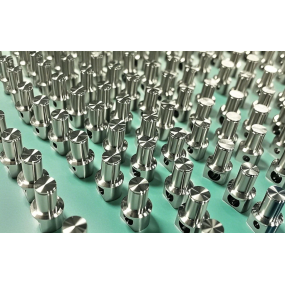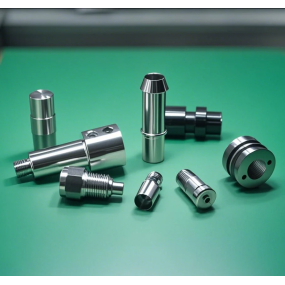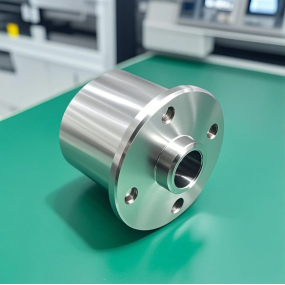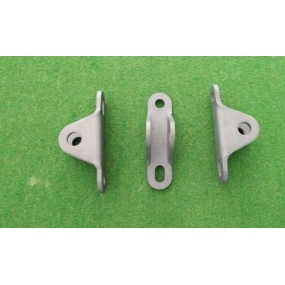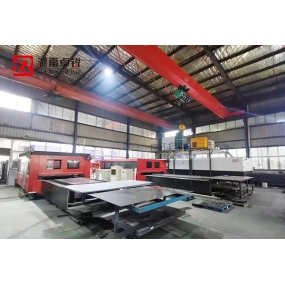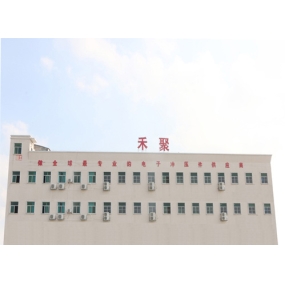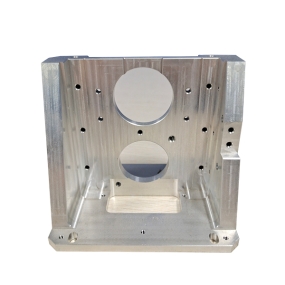Precision parts machining: numerical control machining surface roughness and its three influencing factors
The geometric characteristics of the machined surface by numerical control include surface roughness, surface waviness and surface processing texture. Surface roughness is the basic unit that constitutes the geometric characteristics of the machined surface. When machining the surface of a workpiece with a metal cutting tool, the surface roughness is mainly affected by three aspects: geometric factors, physical factors and numerical control machining process factors.
 (1) Geometric factors
(1) Geometric factors
From a geometric point of view, the shape and geometric angle of the tool, especially the tip arc radius, main declination angle, auxiliary declination angle and the feed amount in the cutting dosage, have a great influence on the surface roughness.
(2) Physical factors
Considering the physical essence of the cutting process, the rounded edge of the cutting tool and the extrusion and friction behind it cause plastic deformation of the metal material, which seriously deteriorates the surface roughness. When the plastic material is processed by the numerical control lathe to form banded chips, it is easy to form a chip accumulation tumor with high hardness on the front tool face. It can replace the front tool face and cutting edge for cutting, so that the geometric angle of the tool and the amount of the back knife are changed. The contour of the chip accumulation tumor is very irregular, so that there are knife marks that change in depth and width on the surface of the workpiece. Some chip accumulation tumors are embedded in the surface of the workpiece, which increases the surface roughness. The vibration during cutting process increases the value of the surface roughness parameter of the workpiece.
(3) Process factors
From the perspective of technology, consider its influence on the surface roughness of metal parts machining, mainly including factors related to cutting tools, factors related to workpiece material and factors related to numerical control processing conditions


 Spanish
Spanish Arabic
Arabic French
French Portuguese
Portuguese Belarusian
Belarusian Japanese
Japanese Russian
Russian Malay
Malay Icelandic
Icelandic Bulgarian
Bulgarian Azerbaijani
Azerbaijani Estonian
Estonian Irish
Irish Polish
Polish Persian
Persian Boolean
Boolean Danish
Danish German
German Filipino
Filipino Finnish
Finnish Korean
Korean Dutch
Dutch Galician
Galician Catalan
Catalan Czech
Czech Croatian
Croatian Latin
Latin Latvian
Latvian Romanian
Romanian Maltese
Maltese Macedonian
Macedonian Norwegian
Norwegian Swedish
Swedish Serbian
Serbian Slovak
Slovak Slovenian
Slovenian Swahili
Swahili Thai
Thai Turkish
Turkish Welsh
Welsh Urdu
Urdu Ukrainian
Ukrainian Greek
Greek Hungarian
Hungarian Italian
Italian Yiddish
Yiddish Indonesian
Indonesian Vietnamese
Vietnamese Haitian Creole
Haitian Creole Spanish Basque
Spanish Basque

